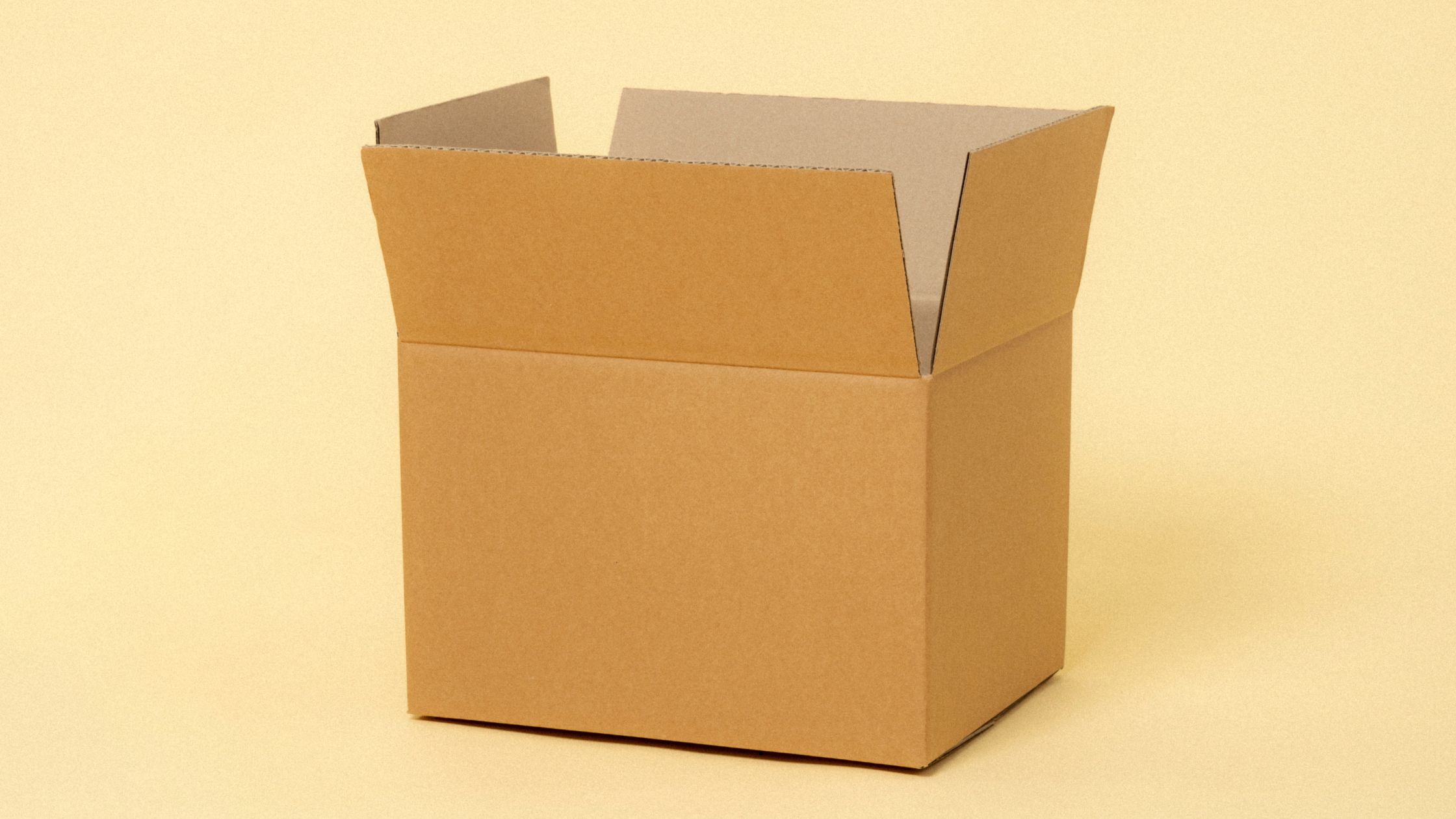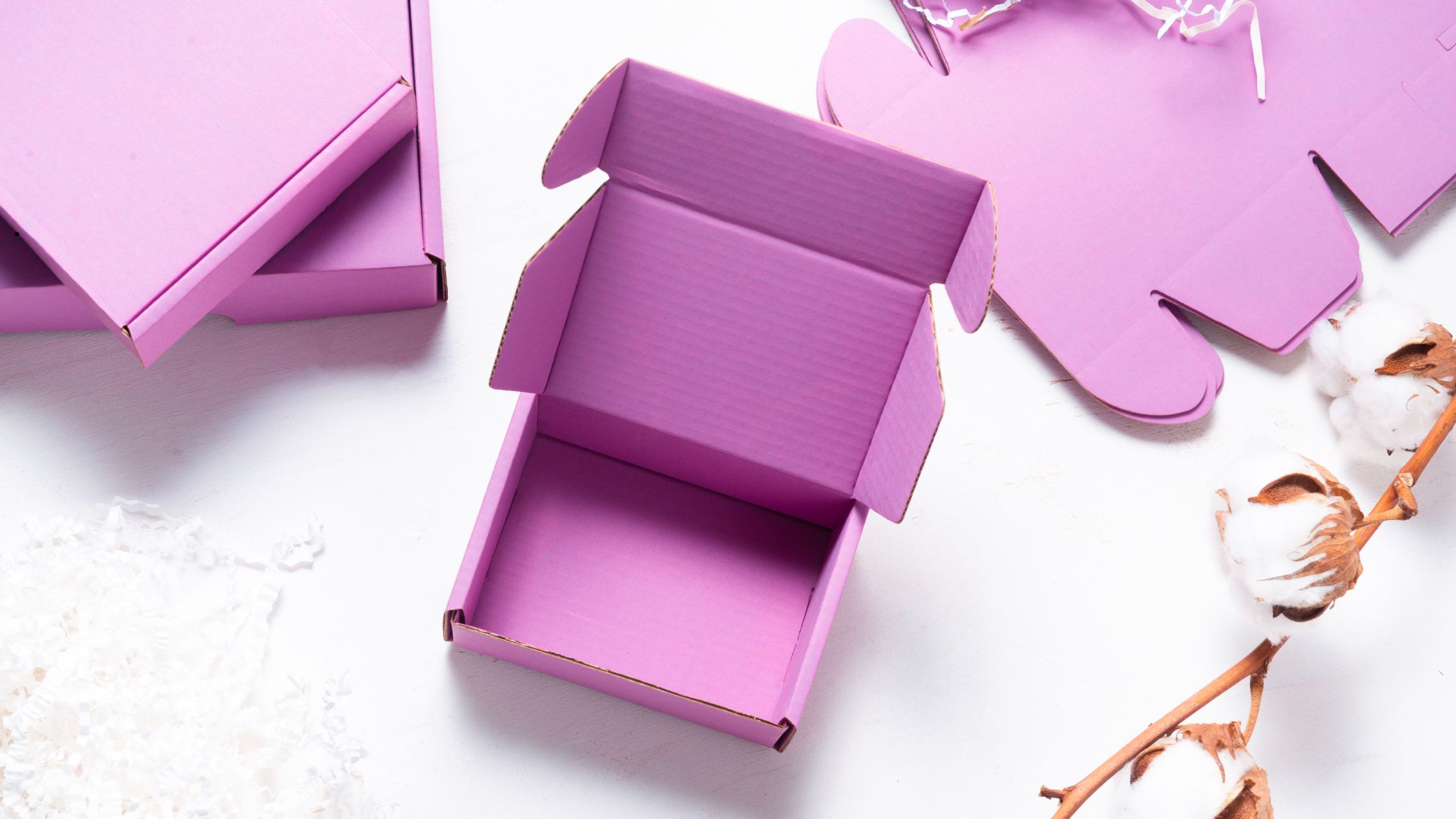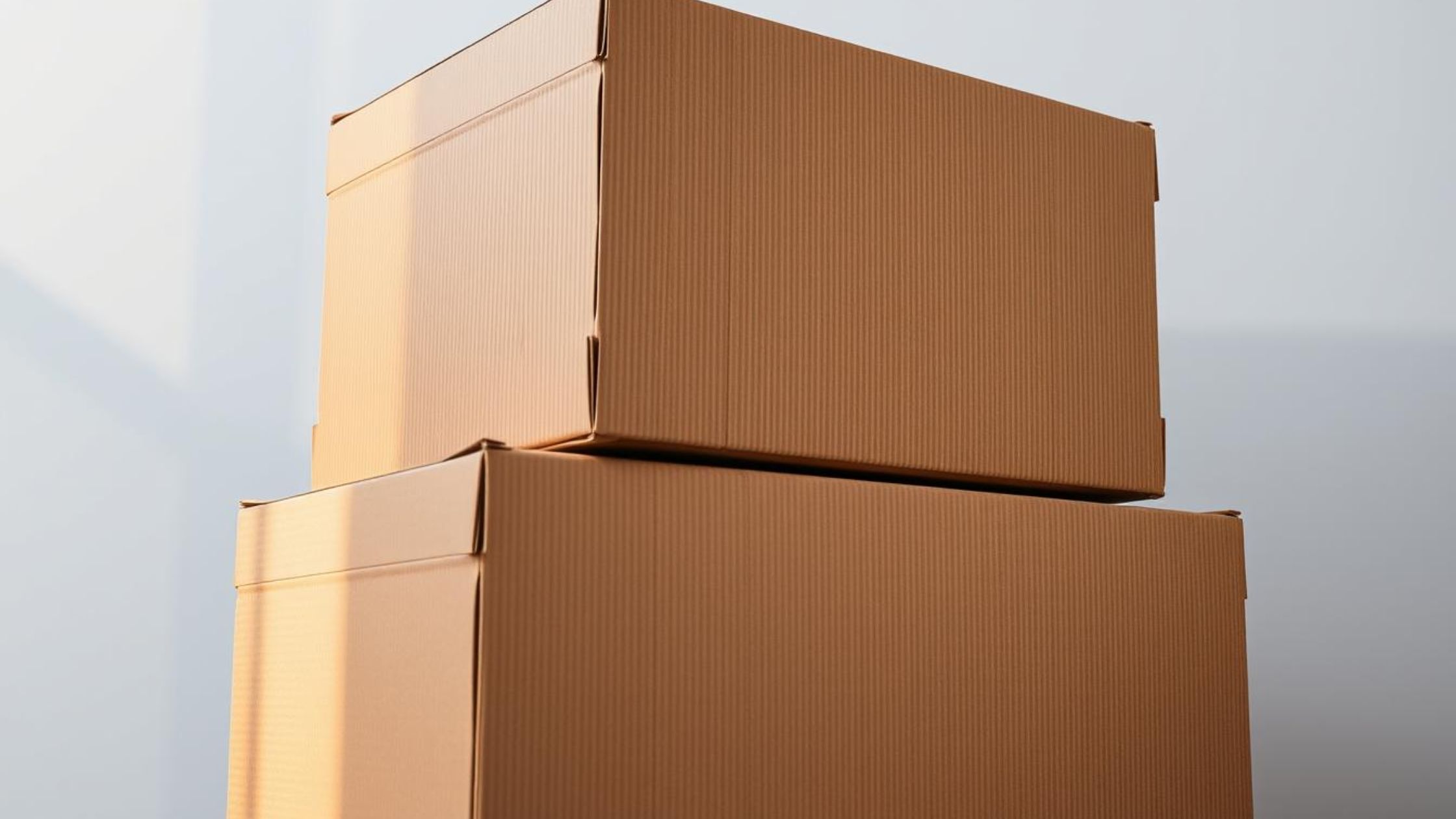

Choosing the Right Image Format for Cardboard Printing
When it comes to printing, the quality of the image is crucial. The type of image format used can significantly impact the final product's resolution, clarity, and overall visual appeal. In this blog post, we'll be discussing the different formats of images, including JPG, PNG, vector, and raster, and how they apply to CMYK, offset, and flexo printing on corrugated boards and kraft paper.
Common Image Formats:
JPG: JPG (Joint Photographic Experts Group) is a commonly used image format that uses lossy compression to reduce file size. This compression can result in a loss of quality, making it less suitable for printing. JPG files are best for digital use and are typically used for web images or social media.
PNG: PNG (Portable Network Graphics) is another popular image format that supports transparency and lossless compression. PNG files are best for digital use, but they can also be used for printing in certain situations, such as when transparency is needed.
Vector: Vector images are created using mathematical equations and are infinitely scalable without any loss of quality. They are made up of points, lines, and curves and are best for logos, icons, and other graphics that require sharp, clean lines. Vector images are commonly used in printing because of their high resolution and scalability.
Raster: Raster images, also known as bitmap images, are made up of pixels and are resolution-dependent. They are best suited for photographs and images with complex color gradients. Raster images can be used for printing, but the quality of the image depends on the resolution of the file.
Common Printing Processes:
CMYK: CMYK (Cyan, Magenta, Yellow, Key) is a color model used in printing. It uses four colors to create a range of colors by overlaying small dots of each color on top of each other. CMYK is the standard for most printing processes and is used for printing on corrugated boards and paper. CMYK printing is the standard for most printing processes and is used for printing on corrugated boards and paper. CMYK uses four colors (Cyan, Magenta, Yellow, and Key) to create a range of colors by overlaying small dots of each color on top of each other. When preparing an image for CMYK printing, it's important to convert the image to CMYK color mode and to ensure that the resolution is high enough to maintain quality.
Litho Printing: Offset printing is a commonly used printing process that uses plates to transfer the image onto paper or corrugated board. It is known for its high quality and is often used for large print runs. Offset printing is a commonly used printing process that uses plates to transfer the image onto paper or corrugated board. It is known for its high quality and is often used for large print runs. When preparing an image for offset printing, it's important to ensure that the resolution is high enough to maintain quality and to use the appropriate color mode (CMYK or spot colors). Spot colors are specific colors that are printed using a separate plate, which can result in more precise and consistent color reproduction.
Flexo Printing: Flexo printing is a type of relief printing that uses flexible plates to transfer the image onto the paper or corrugated board. It is commonly used for printing on packaging materials, such as corrugated boxes. Flexo printing is a type of relief printing that uses flexible plates to transfer the image onto the paper or corrugated board. It is commonly used for printing on packaging materials, such as corrugated boxes. When preparing an image for flexo printing, it's important to ensure that the resolution is high enough to maintain quality and to use the appropriate color mode (CMYK or spot colors). Flexo printing can result in some distortion or stretching of the image, so it's important to take this into account when designing the image.
Now lets look at applying the previously discussed image formats to printing processes:
When it comes to printing, the image format used can significantly impact the final product's quality. Let's take a look at how different image formats apply to CMYK, offset, and flexo printing on corrugated boards and paper.
JPG: JPG files are not ideal for printing as they use lossy compression, resulting in a loss of quality. When printing with JPG files, it's essential to ensure that the resolution is high enough to maintain quality. For CMYK printing, the resolution should be at least 300dpi. For offset and flexo printing, a resolution of 400dpi is recommended. When printing on corrugated boards, a lower resolution may be acceptable, as the texture of the board can mask some of the image's imperfections.
PNG: PNG files are suitable for printing, but they should be used sparingly as they can result in larger file sizes. PNG files are ideal for situations where transparency is needed, such as printing on colored paper or corrugated boards. For CMYK printing, a resolution of at least 300dpi is recommended. For offset and flexo printing, a resolution of 400dpi is recommended. PNG files can be useful when printing on corrugated boards, as the texture of the board can limit the image's clarity, and the transparent background can help blend the image into the texture.
Vector: Vector images are ideal for printing as they are infinitely scalable without any loss of quality. They are commonly used for logos, icons, and other graphics that require sharp, clean lines. For CMYK printing, the vector image should be converted to a raster image with a resolution of at least 300dpi. For offset and flexo printing, a resolution of 400dpi is recommended. When printing on corrugated boards, vector images can be particularly useful as they can be resized without losing clarity, allowing for a more detailed and precise image.
Raster: Raster images can be used for printing, but the quality of the image depends on the resolution of the file. When printing with raster images, it's essential to ensure that the resolution is high enough to maintain quality. For CMYK printing, a resolution of at least 300dpi is recommended. For offset and flexo printing, a resolution of 400dpi is recommended. When printing on corrugated boards, a lower resolution may be acceptable, as the texture of the board can mask some of the image's imperfections.
Printing on Corrugated Boards: Printing on corrugated boards and shipping boxes can be challenging due to the texture and thickness of the material. When preparing an image for printing on corrugated boards, it's important to ensure that the resolution is high enough to maintain quality and to use an appropriate image format (vector or raster). Using a lower resolution may be acceptable as the texture of the board can mask some of the image's imperfections. It's also important to take into account the corrugated board's specific color and to adjust the image's color accordingly to ensure that the final product is as visually appealing as possible.
Conclusion:
In conclusion, the type of image format used can significantly impact the final product's quality when printing on corrugated boards and paper. JPG and raster images should be used sparingly, while PNG and vector images are more suitable for printing. CMYK is the standard color model used in printing at Ucanpack, and it's important to use the appropriate color mode when preparing an image for printing. Litho printing is known for its high quality and is often used for large print runs, while flexo printing is commonly used for printing on packaging materials. When printing on corrugated boards, it's important to take into account the texture and thickness of the material and adjust the image's color accordingly. By using the appropriate image format, color mode, and resolution, it's possible to achieve high-quality and visually appealing printed products on corrugated boards and paper.











